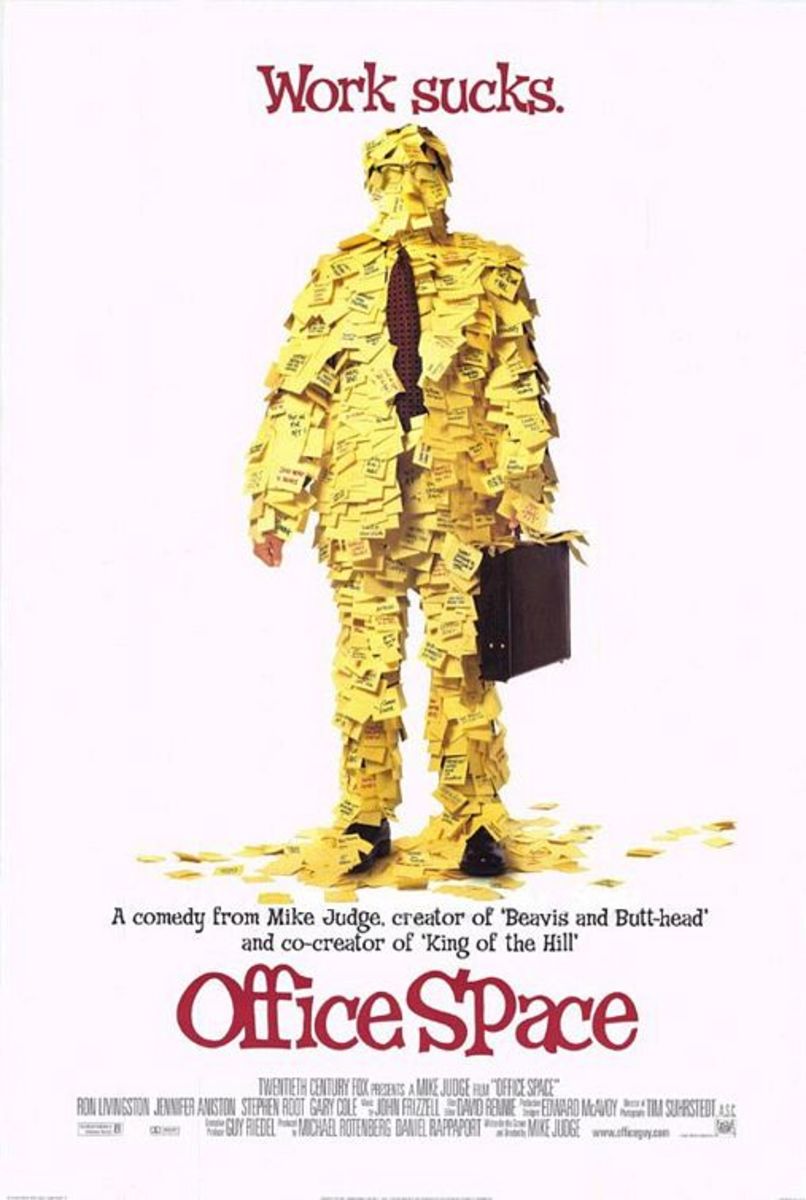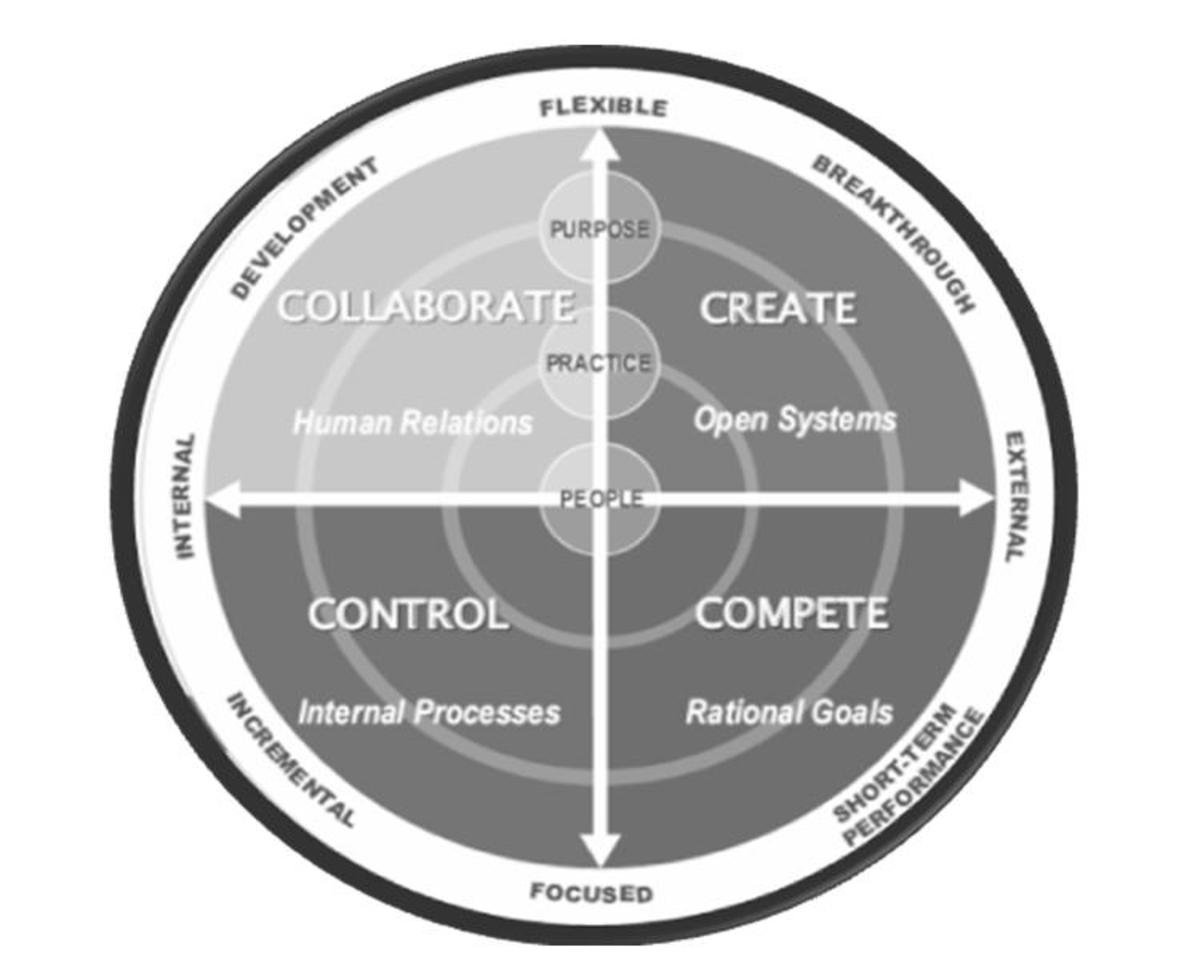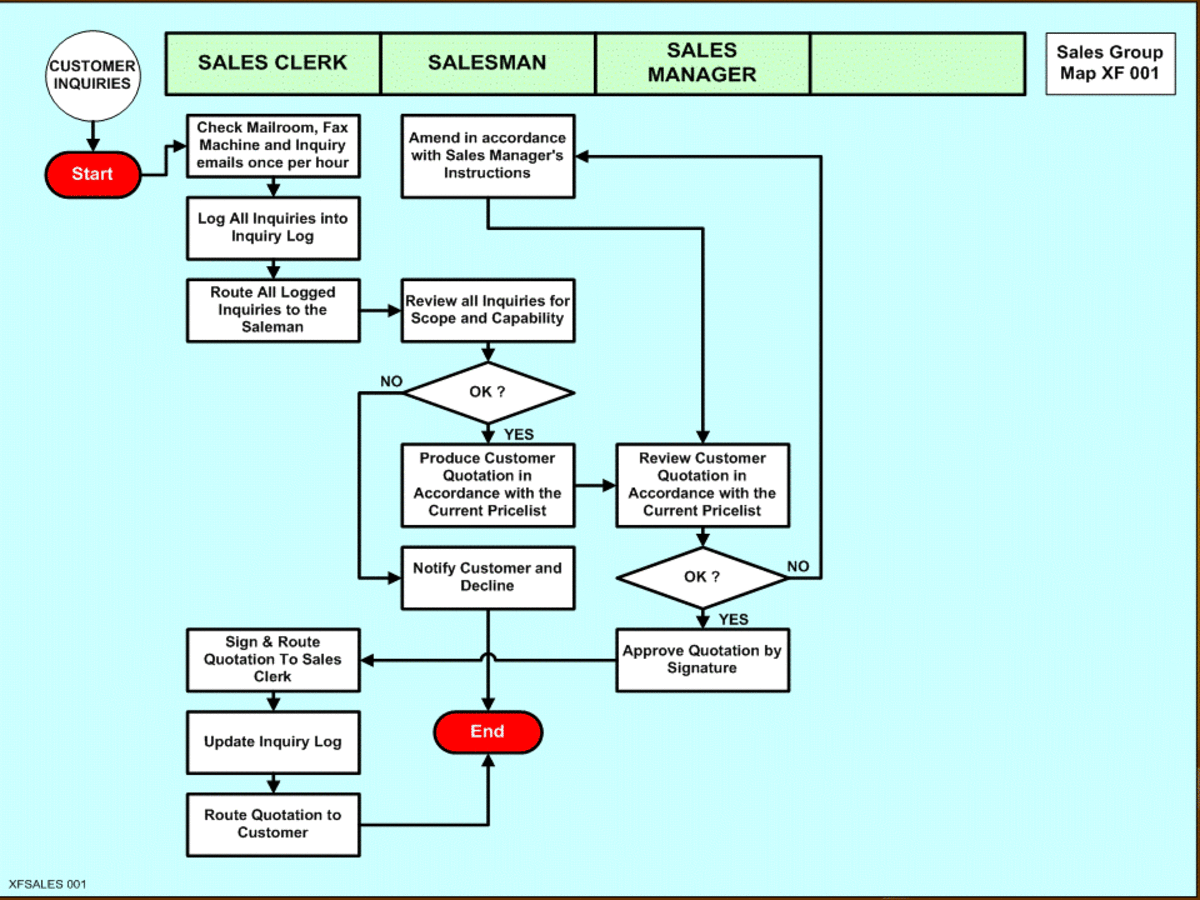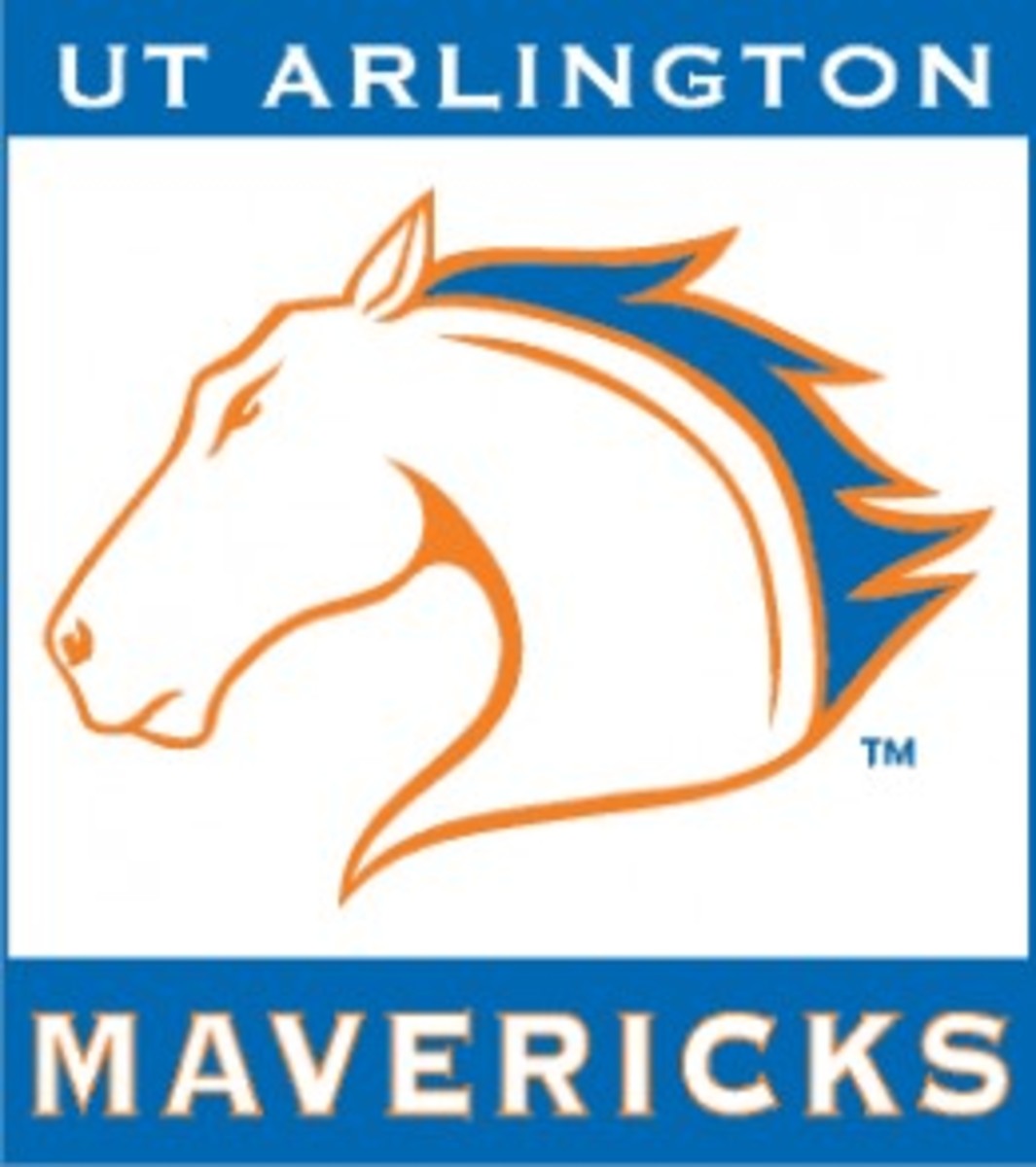Disciplinary Procedures in Management
The author

What is Disciplinary Procedure?
Introduction
There are ways things are to be done in every organization. Any organization that has no procedure, which is way things are carried out, is likely to fail if care is not taken.
The obedience of code of conduct in any environment is a symbol that upgrades human characteristics. Due to this, disciplinary practice in management will not be any exception.
Disciplinary is an adjectival English word which implies a code of behaviour required in any organization. In a nutshell, disciplinary procedure in management is rules or code of behaviours which is well organized to direct the way employees should behave in any given organization. Workers face punishments if they go contrary to organizational rules without any sentiment.

Disciplinary Procedures
The point of concentration in disciplinary procedures is that the employer is concerned with something unsatisfactory in the employees’ performance. The elements or compositions of disciplinary procedures to be explained on this topic include rules, offenses, penalties and procedure steps.
Rules: They are set of instruction governing a group of people or society. In management, rules are set of instructions set by management to govern the behaviour of employees. They are a generally principles and are broadly accepted by both the employer and employees and act as frame-work of organizational justice. Before any employee is taken into an organization, he must promise to adhere to the rules guiding the organization otherwise he or she will not be absorbed. As breaks guide vehicles in motion, so do rules act as breaks to employees of many organizations. It is known that some rules come from statutes, like the uniform dismissal legislation, but the majority of them emerge from the organizations in which they operate. Some general rules in workplaces include those that relates to smoking, absenteeism, lateness and harassment. There are consequences that anyone who goes contrary to organization rules should face be it those rules that are generally accepted or not. It is advisable for every employee or aspirant to read through all the rules guiding that organization before accepting any function because ignorance of the law is independent of any punishment.
Offenses: There is a popular saying: “sinners shall not go unpunished”. Managements has it that any employee that disobeys organizational rules is to ‘dance the music’ attached to it. To offend is to break a Law or go contrary to any Law guiding a particular organization. Workers who commit offenses in organizations they work may be suspended or given dismissed letter from organizations they work. Whether an employee is to be suspended or dismissed from offices is dependent on the degree of the offense committed. Offenses committed by workers lead to penalties, which is another element of disciplinary procedure in management. It is only typical offenses that can be cited in the organizational justice’s framework. Examples of offenses committed in organization could be negligence, unreliability, insubordination, interfering with others right, safety offenses and theft.
An offense is regarded as negligence when an employee failed to do his job. The employee is able to do his job but does not perform it maybe because he looks down on the manager of the establishment or laziness. An unreliable offense is that due to failure of an employee to comply with job attendance requirements. Examples of offenses due to unreliability are lateness to work and absenteeism. Workers who come to work late have committed offense as they have done something contrary to the rules guiding the organization. Absenteeism has higher gravity than lateness as all the functions the employee is to perform for the day is left vacant for that day. If to say that the absentee is in charge of store department, it means that the store will be locked up for the day.
An offense is underlined as insubordinate if a worker deliberately refuses to obey or disrespect in the form of abuse. It is bad for workers to disobey instructions given by someone on top position and this disobedience is offense is management department. Interfering with other employees’ right is an offense. That you are a brother or related to manager of any company does not give you the ‘certificate’ to infringe into the rights of your co-workers. The right to eat at the break period in workplaces must be respected among workers. When employees behave abnormally in offices, it is observed as safety offense. Causing hazards in organization is an example of safety offense. When an employee smokes in work environment where such is not accepted, it is marked as safety offense as smoking affects many workers negatively. What does an employee gain from stealing what does not belong to him? Stealing from organization or fellow employees is a typical offense called theft offense. Stealing does not only paint the image of the employee black but can lead to sacking of the employee. When an employee steals organizational machine for instance, the organization may stop work if they do not have enough cash to install new one. This is to show the extent stealing form companies can affect the progress of such companies.
Penalty: In the world of football, penalty is awarded whenever a player commits any foul within a portion of football field called 18 yard box. This is the apex of the punishment which can be given to any football club or team because the goalkeeper and the ball are not far from each other and there is no interference between the player to take the penalty and the opposition team players. When it comes to management, a penalty is given to employee that finds himself on the list of offenders. In fact penalty is the reward to offense. It is punishment given to worker who shows some atoms of stubbornness by refusing to carry his or her function effectively. Any worker that wants to stay long in any organization should avoid penalty by saying ‘goodbye’ to anything that can lead him or her into offense. Many penalties will be possible and for minor offenses, there may be standard scale that could be agreed with employee representative.
Based on the intensity of any offense, some examples of penalties that can be applied includes first occasion, second occasion, third occasion, fourth occasion, caution, warning, fines, suspension with pay, suspension without pay and dismissal.
First occasion is warning by unit manager of an organization to any employee that commits offense in that organization in the presence of shop steward. First occasion is attributed to offenses that are not of high degree. A second occasion is in the form of warning to employee. It comes in the form of a written warning sent to the offender by the personnel manager of an establishment. A penalty is term ‘third occasion’ when suspension of two days is given to an offender in an organization without any payment made to him or her by the unit manager in the presence of shop steward. Fourth occasion penalty is dismissal by a unit manager in the presence of senior steward of a company. A caution is issued to an offender as an authoritative indication that an offense has been committed of which a record is to be kept. Warning as a penalty to an offense is a formal statement that a more serious penalty will follow if the offense is repeated. A warning given to employee that goes contrary to organizational rule can take the form of a written letter or through words of mouth. Lateness to organizational works receives fines as a penalty in some cases and these fines are often deducted from the salary or wages of the employee. A suspension with pay is carried out when investigating on the offense committed by an employee. It is clear that the employer of any organization pays while the employee receives reward at the end of the week or month. In suspension with pay, the employee may be suspended from work for limited days, maybe two to three days, and still be paid at the end of an investigation on the crime committed irrespective of his absence.
Dismissal is the worst of all the penalties an employee can receive from an organization he works. When an employee is dismissed from a company, it is an indirect means of telling the employee ‘we are tired of your services, so you can now leave our work environment’. Any offense that attracts dismissal of a worker is a serious one. Dismissal is terminating a contract with a worker and it shows that the worker is found guilty in all stages.
Procedural Steps: They are steps which will first specify the through operational training associated with imposing of penalties for offense that breaks particular rules. This allows an employee to challenge any penalty given to him or her in her workplace. The operational drills will go further to specify who has the responsibility and authority to make the relevant decisions; usually ensuring that the immediate superior does not have the power to dismiss, or at least does not have the power to make the decision even though his managerial colleagues may be quite happy for him to be the one to give the information to the persons to be sacked.
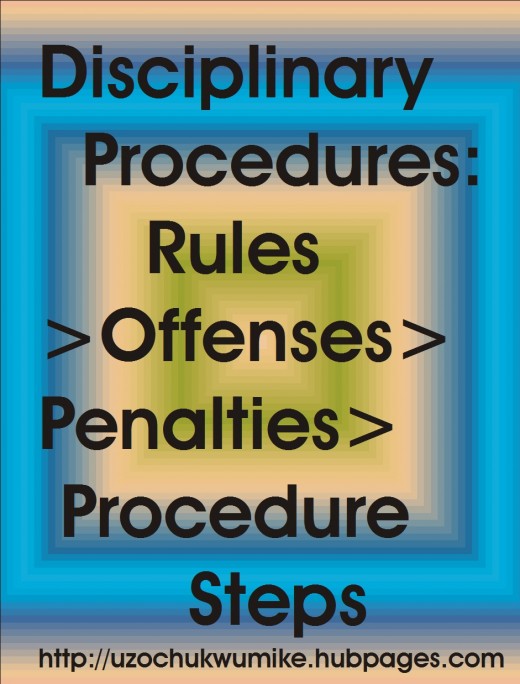
Conclusion
You as a reader and future leader or even currently a leader need to understand some principles. Discussed on this topic are disciplinary procedures in management of every company. Justice is done to this topic as everything is detailed out for proper understanding by any reader of this piece. D

